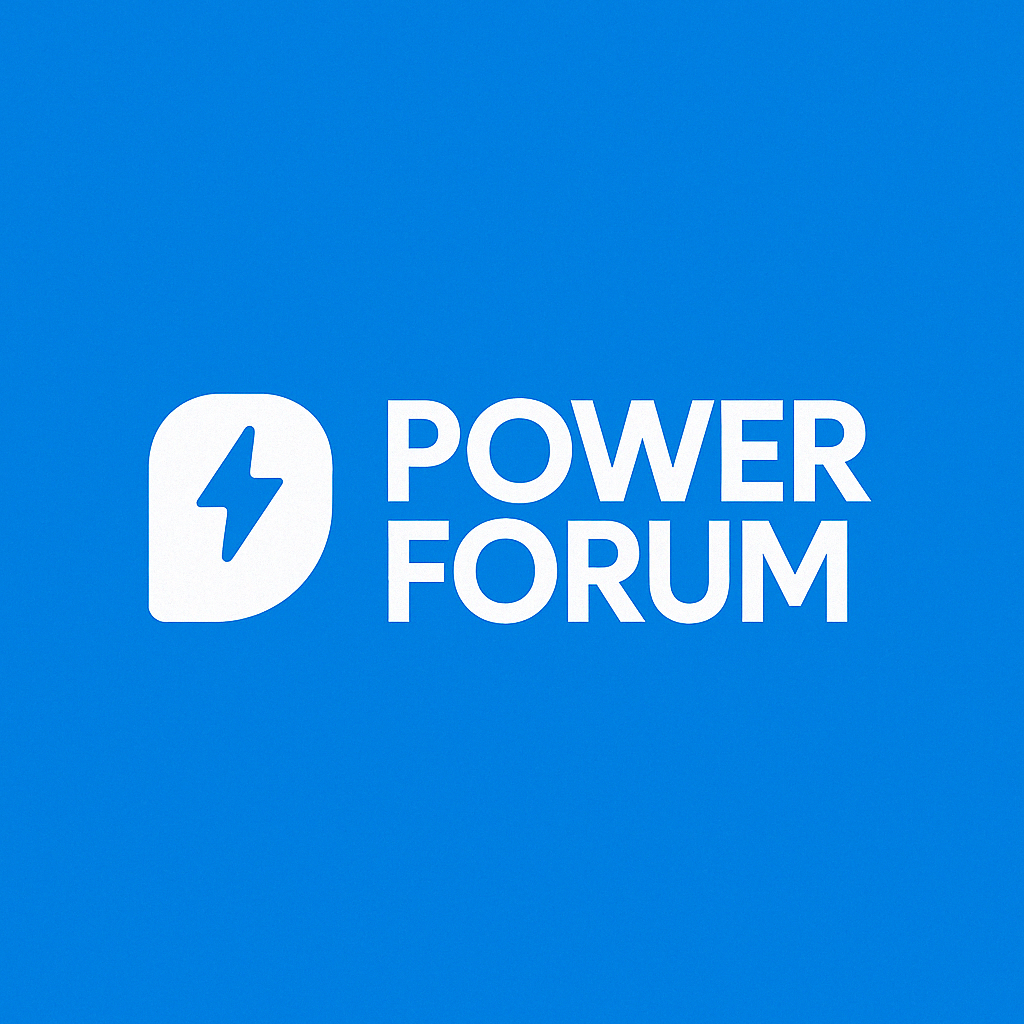As battery-based systems scale, from EVs to distributed energy storage, designing the right Battery Management System (BMS) and Battery Management Unit (BMU) is increasingly about balancing tradeoffs: cost vs. complexity, speed vs. stability, thermal loads vs. performance.
In our recent system review, we took a closer look at passive cell balancing as a design approach and why it's still widely used in both BMS and BMU implementations, despite the rise of active alternatives.
 We’d love to hear from others working in battery pack design, EV platforms, or distributed ESS:
We’d love to hear from others working in battery pack design, EV platforms, or distributed ESS:

#BMS #BMU #BatteryDesign #CellBalancing #EnergyStorage #HardwareDesign #ProvoltForum #EVSystems #BatterySafety
In our recent system review, we took a closer look at passive cell balancing as a design approach and why it's still widely used in both BMS and BMU implementations, despite the rise of active alternatives.
Key Concepts Recap:
- BMS: Monitors voltage, temperature, SOC, and protects the battery pack from overcharge/discharge.
- BMU: Acts as the command layer—processing data, managing communications, and issuing control signals across the battery system.
- Passive Cell Balancer: A cost-effective solution that equalizes charge by dissipating excess energy from higher-voltage cells as heat (vs. actively redistributing charge).
Why Passive Balancing Still Matters:
- Simplicity & Reliability: Fewer parts, simpler circuits, and easier integration for pack-level designs.
- Cost-Efficient: Lower upfront cost vs. active balancers—especially attractive in high-volume ESS or mid-tier EV platforms.
- Chemistry-Agnostic: Generally adaptable across common chemistries, as long as thermal specs are managed.
Engineering Considerations:
- Heat Dissipation: Since energy is dumped as heat, passive balancing requires good thermal design to avoid localized hotspots.
- Slower Speed: Fine for many applications, but can be limiting in fast-charging scenarios or when deep discharge cycles are frequent.
- Not Ideal for Cell-to-Cell Energy Reuse: Unlike active systems, passive balancers don’t redistribute energy, just burn the surplus.
Integration Notes from the Field:
We've found passive balancing to be a solid match in applications with:- Moderate-to-low charge/discharge rates
- Stable ambient thermal environments
- Strong demand for BOM simplicity and long-cycle durability
- Limited tolerance for RF noise or communication complexity
- Are you still using passive balancers in your latest projects?
- How do you decide between passive and active balancing for different use cases?
- Any lessons learned from field deployment or thermal management?
#BMS #BMU #BatteryDesign #CellBalancing #EnergyStorage #HardwareDesign #ProvoltForum #EVSystems #BatterySafety
